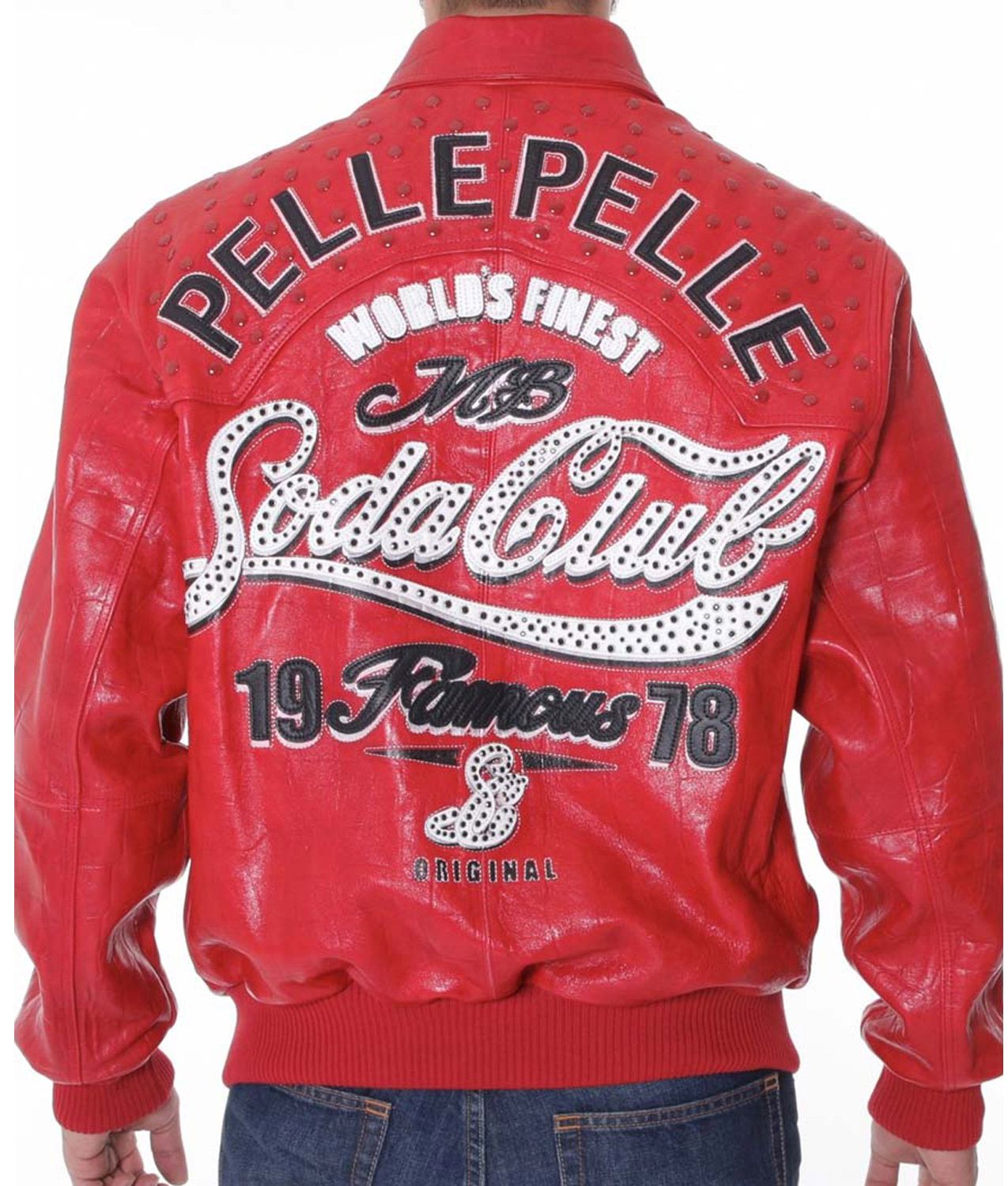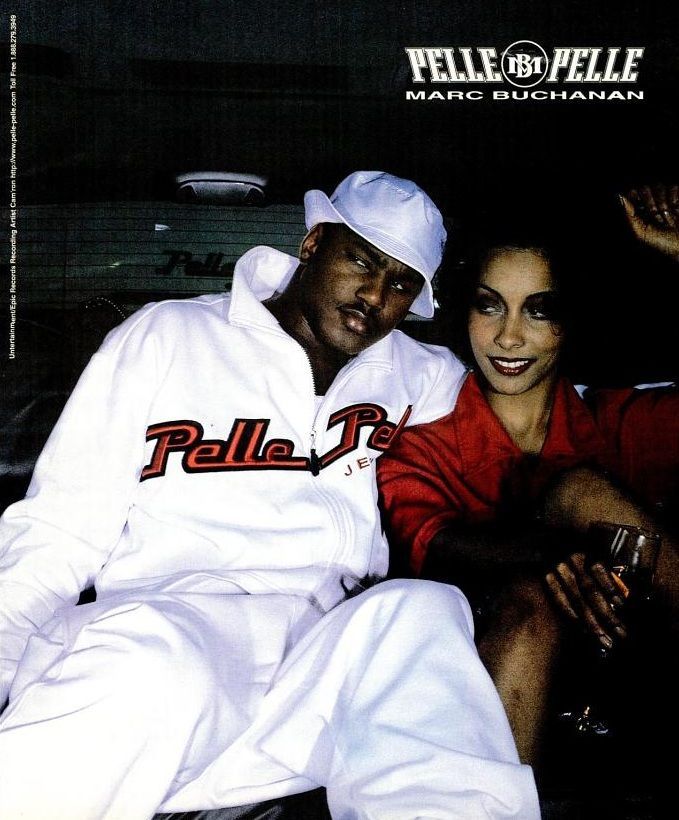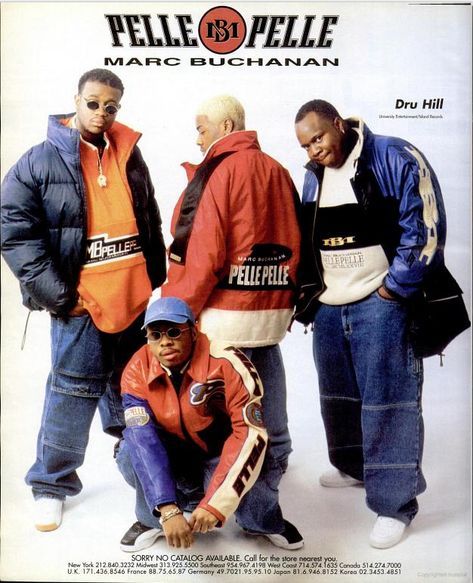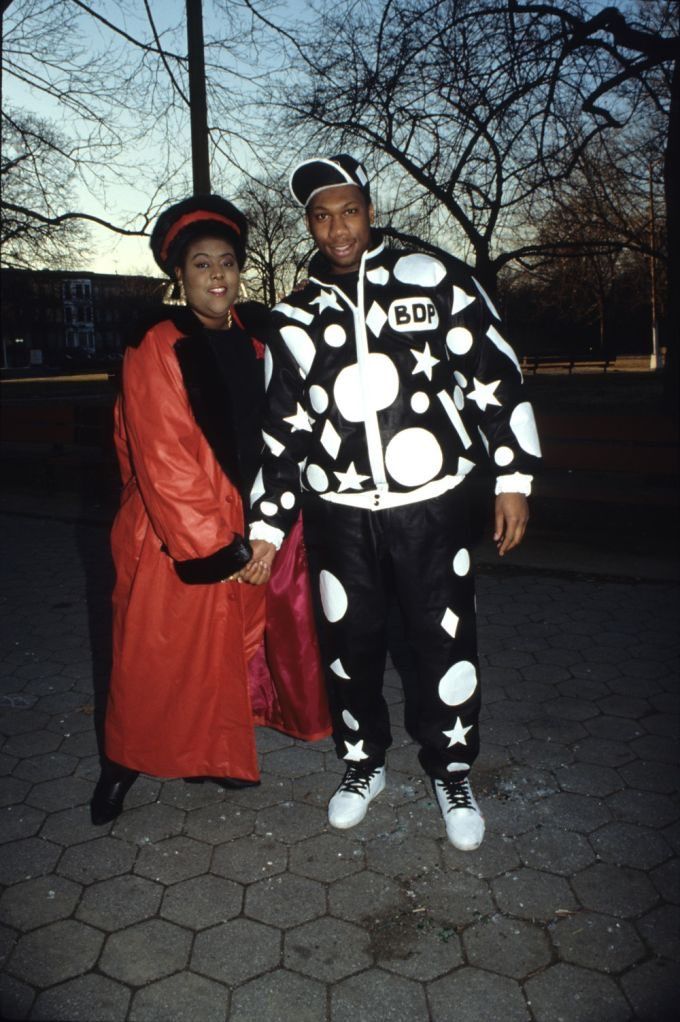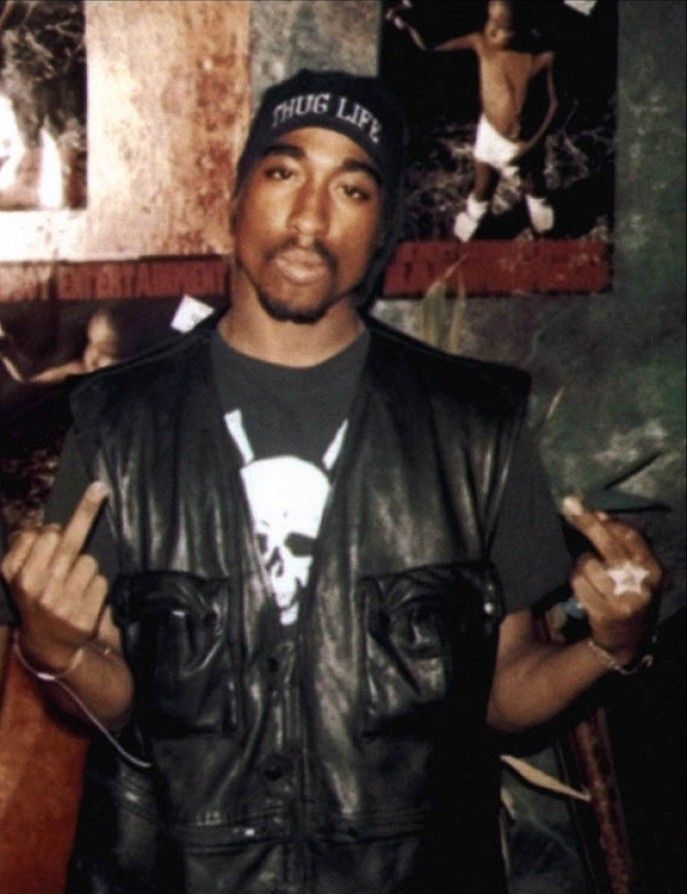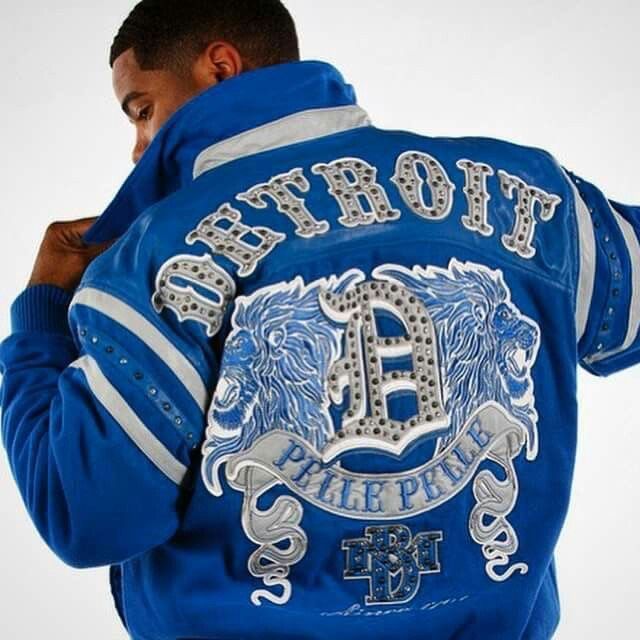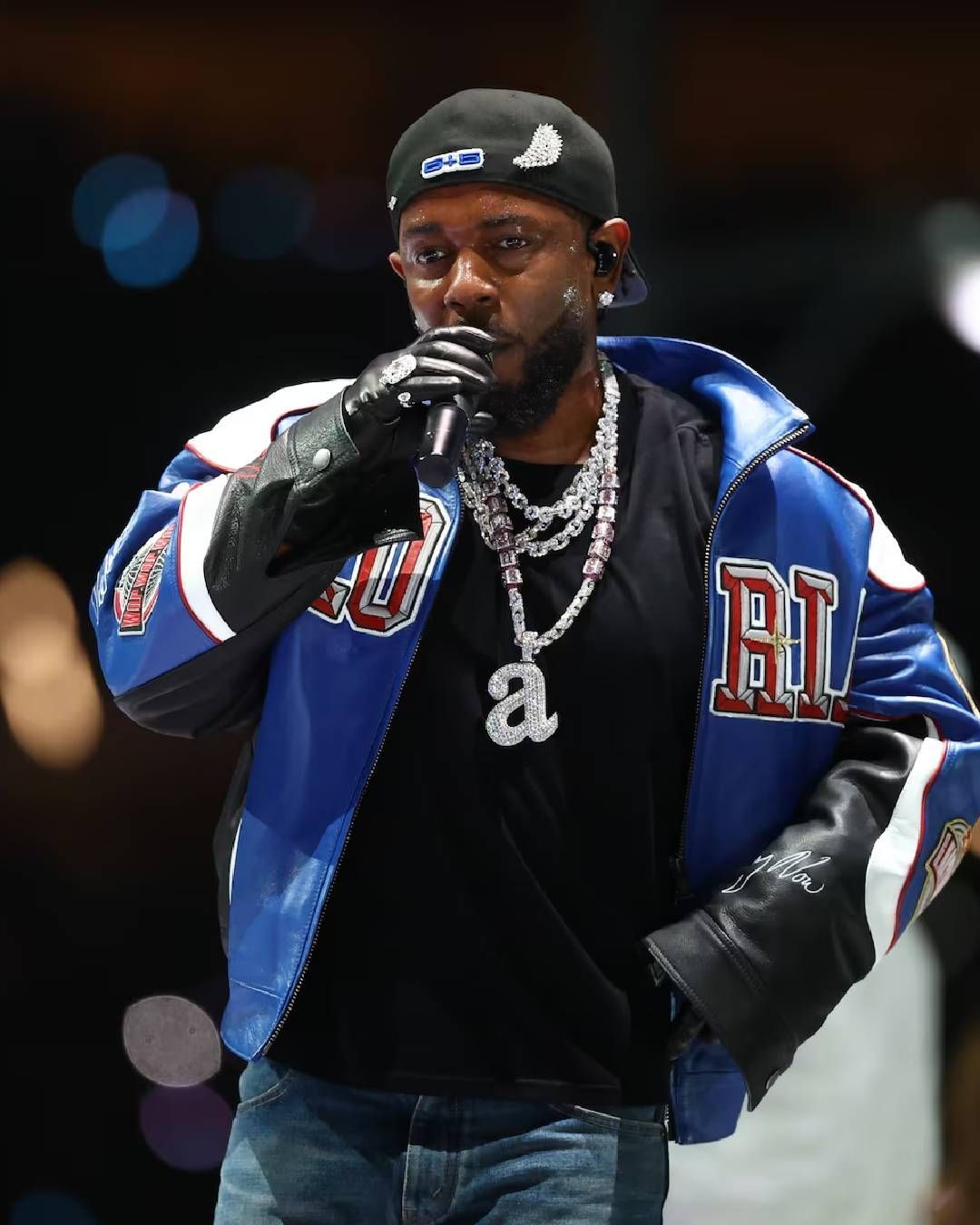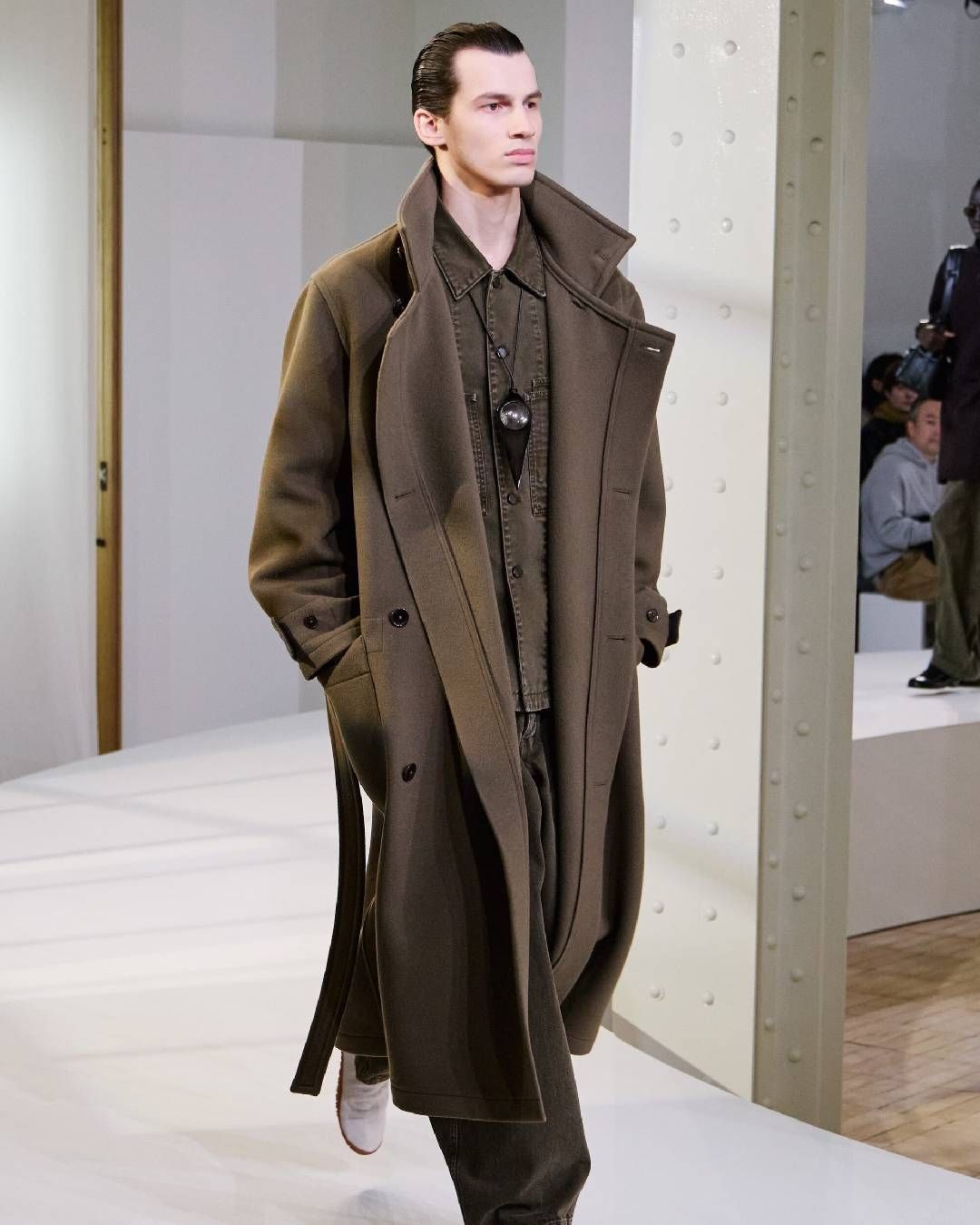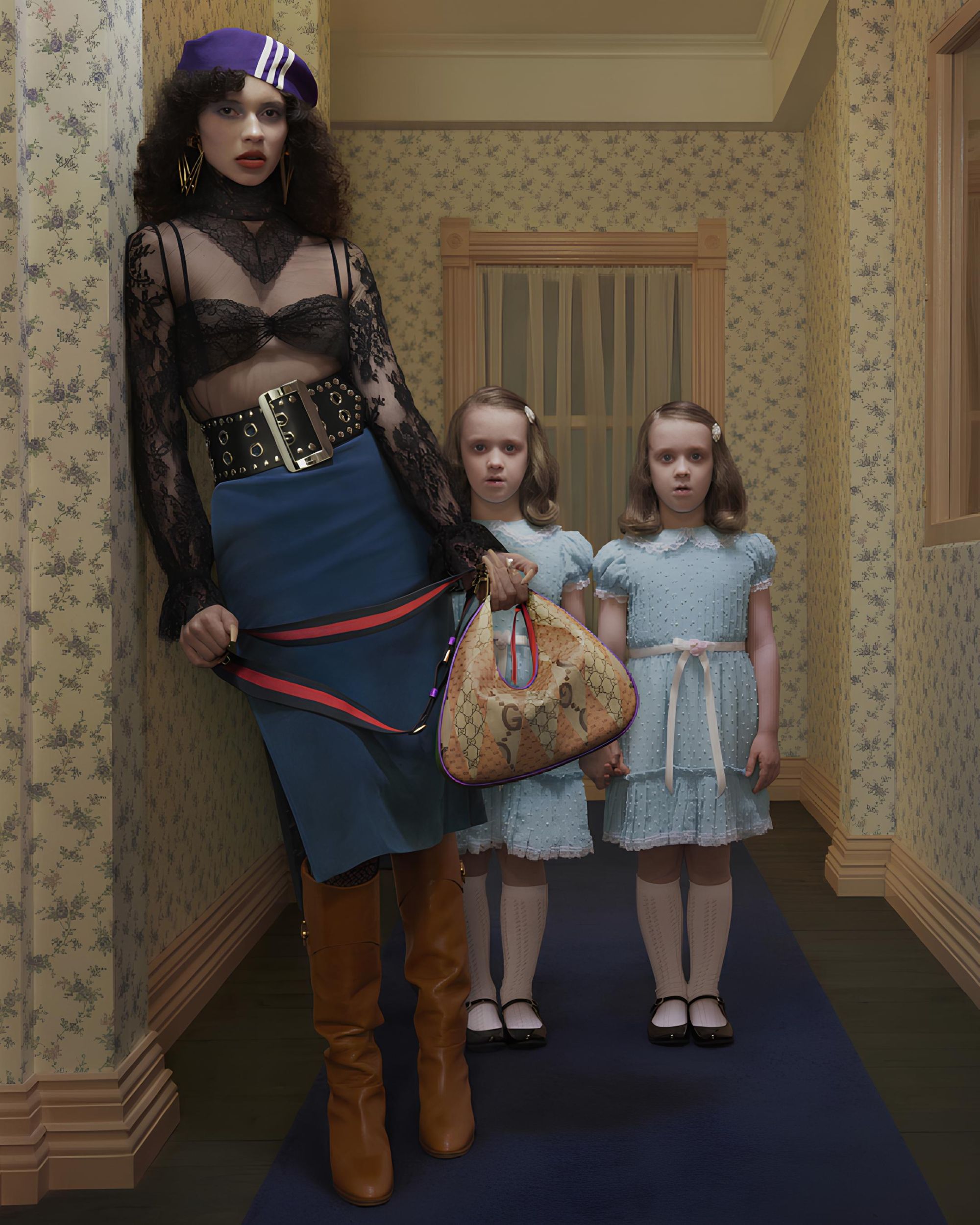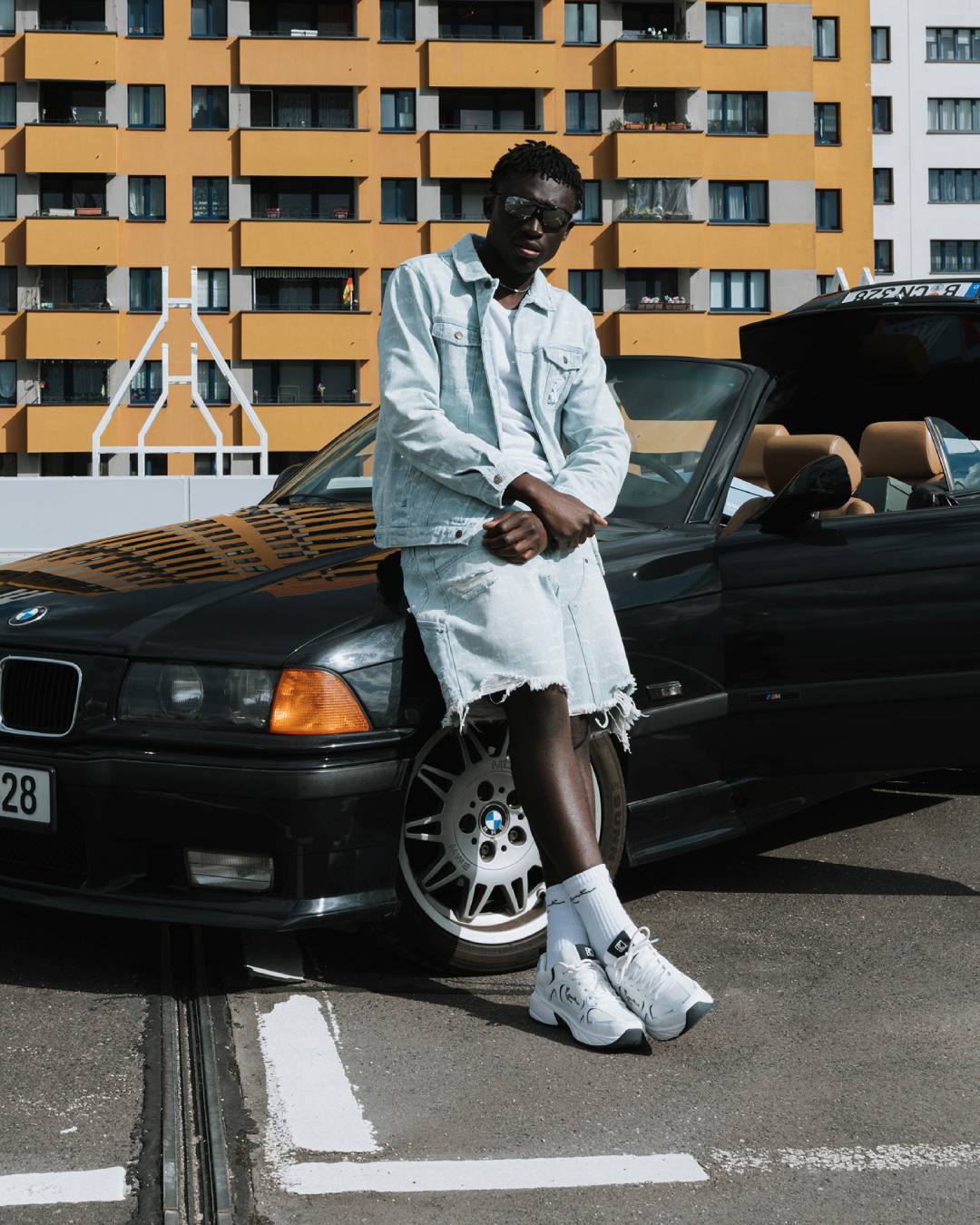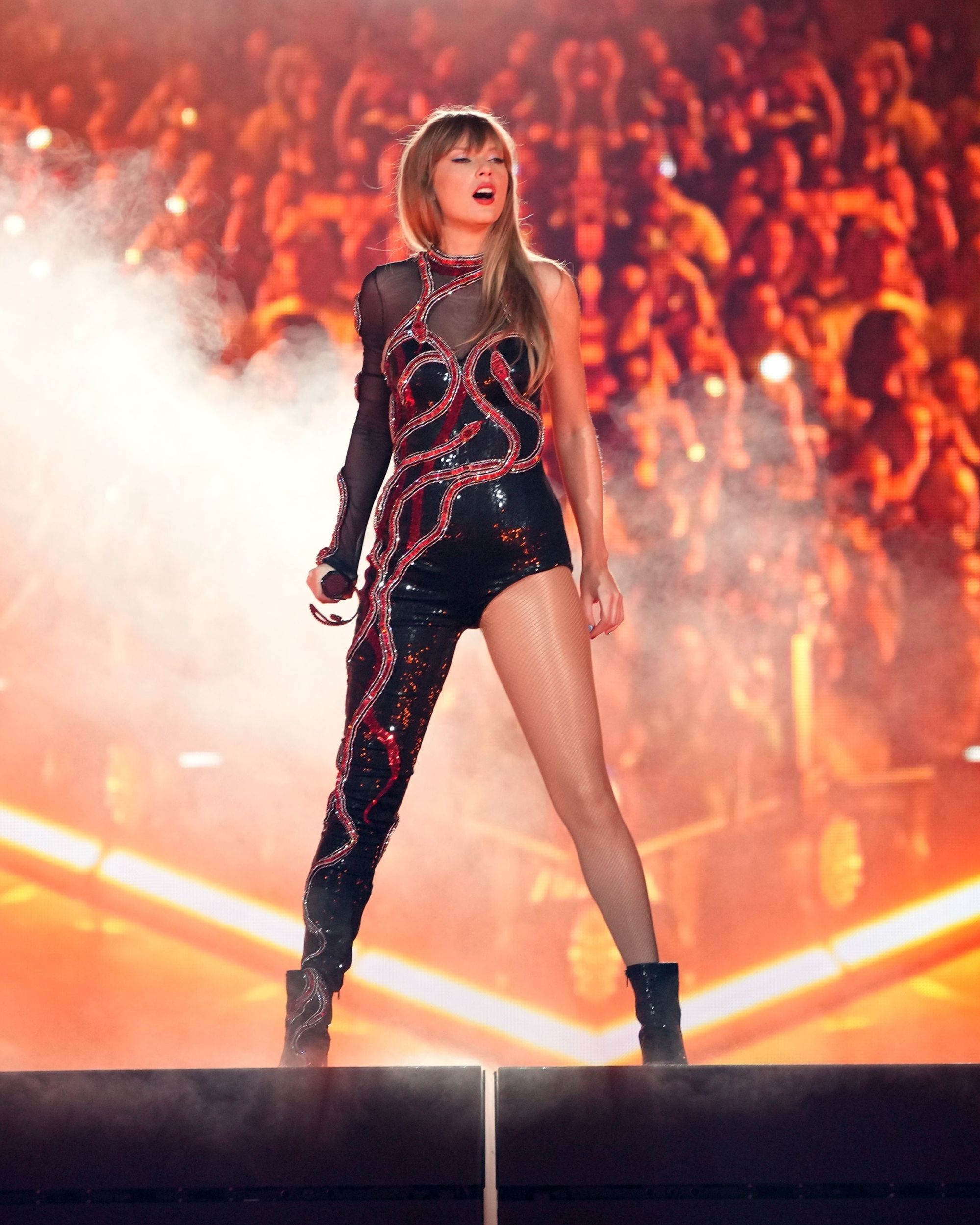
How Pelle Pelle brought the leather jacket to the hip-hop world The reinvention of a classic that redefined the rap aesthetic in the 90s
Taking inspiration from a clearly Italian word, Pelle Pelle was able to lead a cultural and stylistic revolution, forever marking the aesthetic of American hip-hop in the 80s and 90s with its super-coloured leather jackets, extra-large logos and prints that distinguished an entire generation. Established as a leather outerwear company in 1978's Auburn Hills, the brand's imagery became inextricably entwined with the world of urbanwear when the company invited Furious Five and Grandmaster Flash to costume a studded leather jacket that was later inducted into the Rock and Roll Hall of Fame. 50 Cent, G Unit, Dr. Dre, Young Dre The Truth, Ludacris, NFL player Marques Colston, Usher, Dru Hill, Bobby Brown, Fat Joe, 2Pac are just some of the names that have been linked to the brand over the years.
After working for Gandalf Leather to finance his studies at the prestigious Cranbrook Academy of Art, Marc Buchanan, originally from Detroit, the industrial city where General Motors is based, created Pelle Pelle in 1978 with the idea of capturing the public's attention in a unique way. The first sales success was due to the city's workers who "were looking for a way to show off what they had earned in year-end bonuses from working in the Motor City factory", writes Aaron Fonley in Blac Magazine. The young designer sensed that there was something missing in the market and decided to fill that gap by combining the quality of his products with the urban world during the golden age of the rap movement. He began to distribute his products in specialised shops such as City Blue in Philadelphia and Blue Jeans in New York, the perfect contexts to build around Pelle Pelle a unique, unmistakable identity that was easily traceable to rap in a mix of bright colours and out-of-the-ordinary graphic styles. Everything was designed to make history. Pelle Pelle didn't need a big commercial strategy to sell its product, because its aspirational value, the desire to identify with the hottest artists and celebrities of the time, played an essential role in the brand's imagery.
"Trap lord, Pelle rhinestone jacket", sings A$AP Ferg in One Night Savage. Buchanan's designs created the leather stud phenomenon of the '90s, the symbol of hip-hop imagery, and Pelle Pelle made the rapper his favourite customer, especially when custom-made or bespoke pieces were required: "It was for people who understood. You found your identity in those jackets. You felt that music and fashion went hand in hand," says Boz Bradshaw, stylist for Cam'Ron and Jay Z. After a long season in which the fashion world has based its success on the rediscovery of archives and trends from past decades, 2022 could be the year that Pelle Pelle returns to the scene, after years of silence and little news about it, but, for now, we can immerse ourselves in the past and admire what the brand has represented in American streetwear culture, perhaps by watching the 2009 film Notorious, which tells the story of the life of rap artist Biggie Smalls and in which, of course, the brand often appears in the characters' outfits.










































